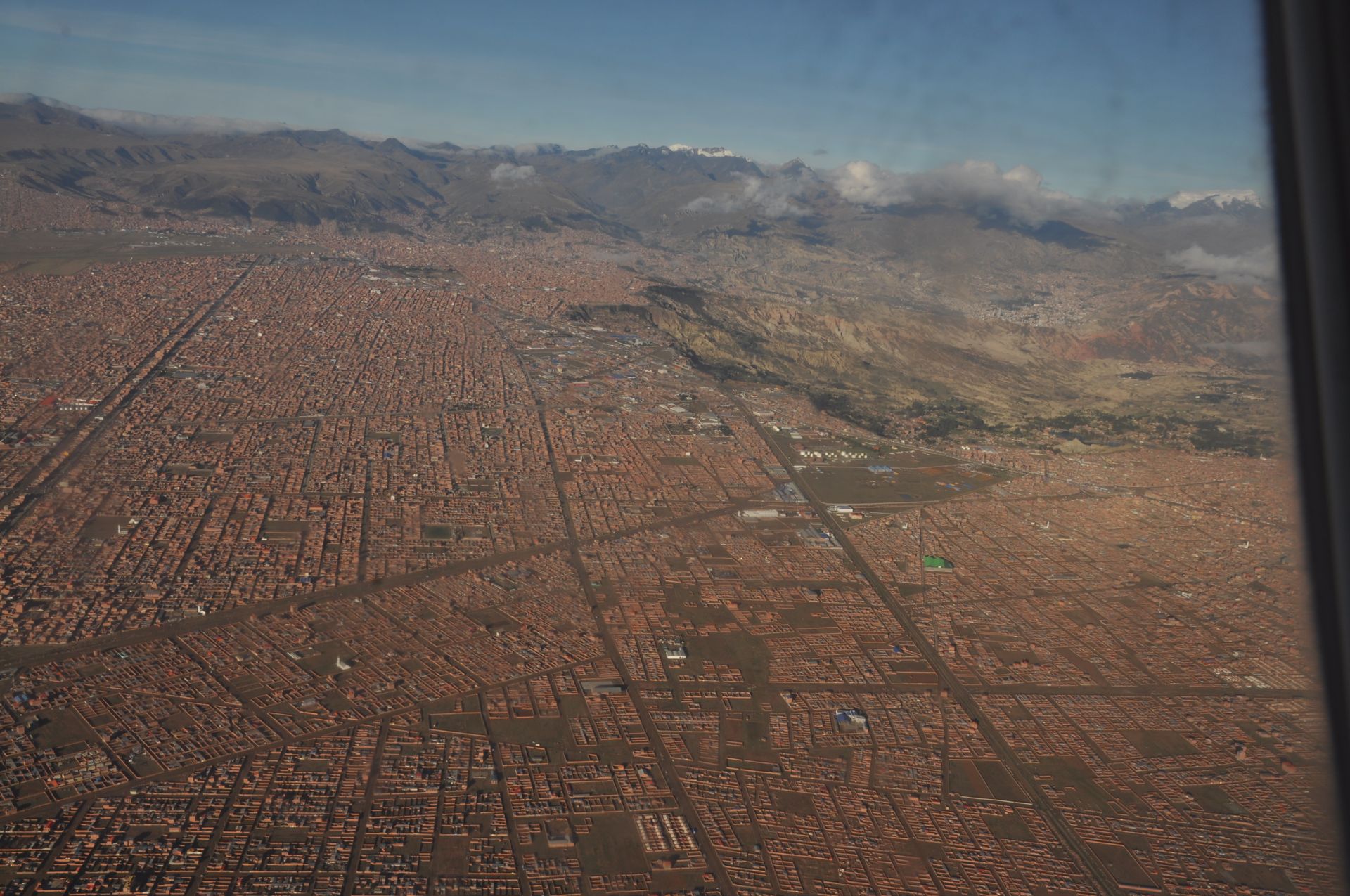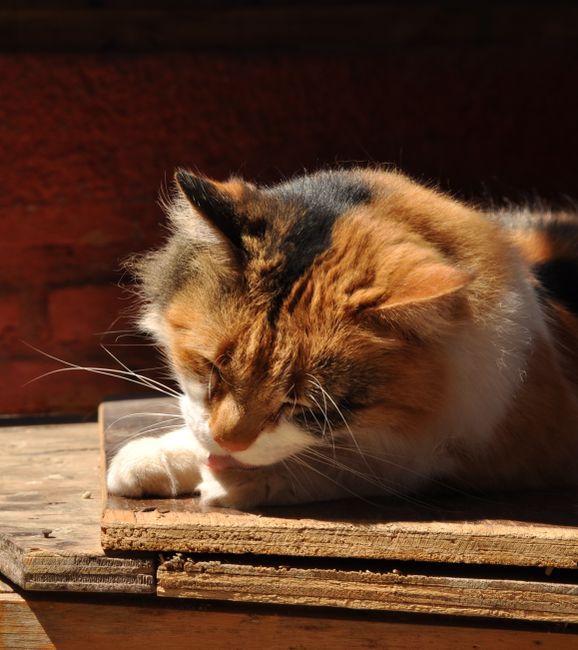Are you doing Pictchu
Wotae: 24.10.2018
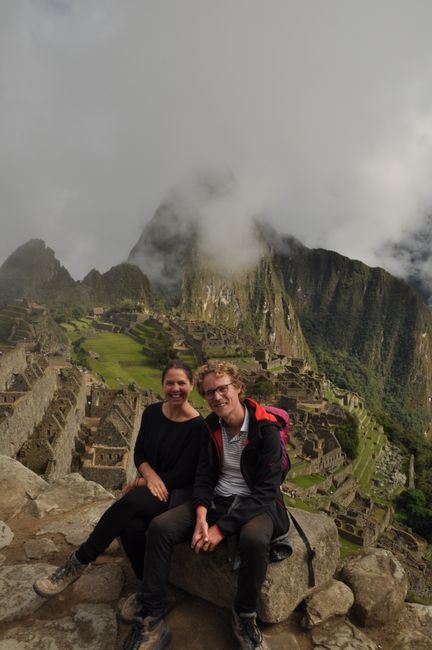
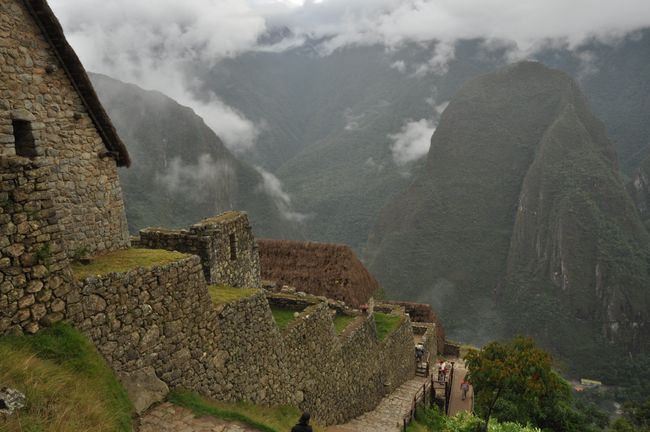
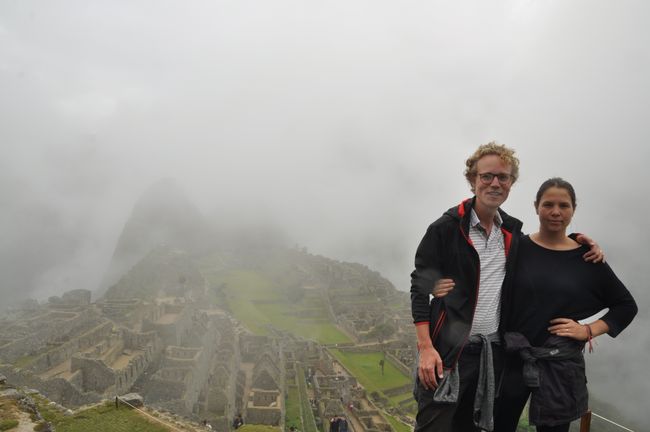
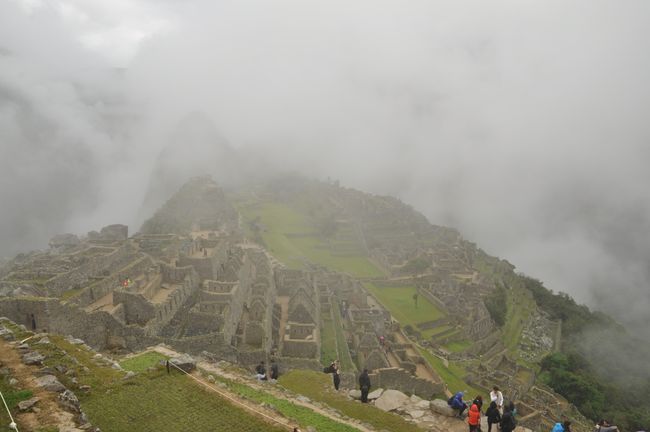
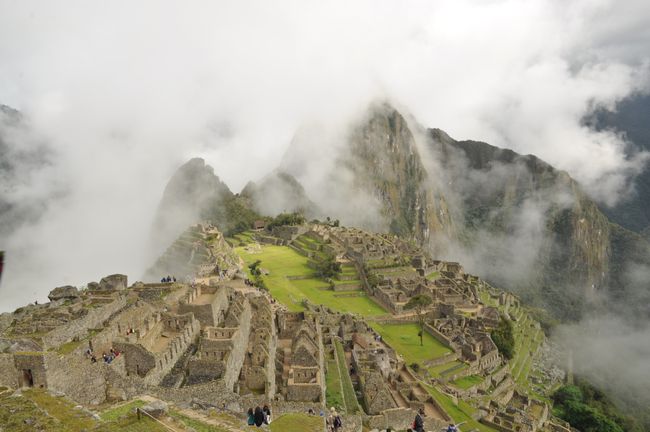
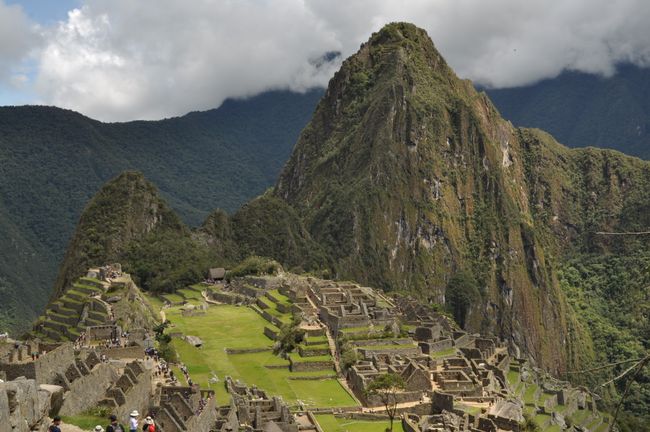
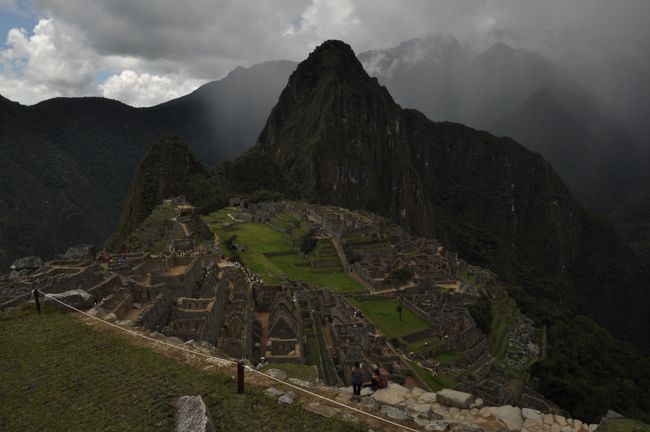
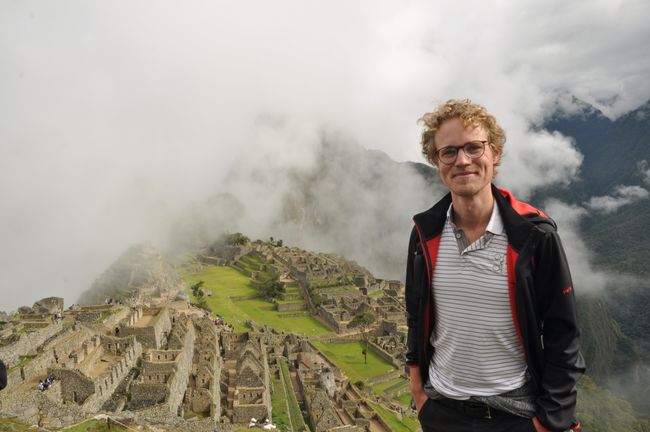
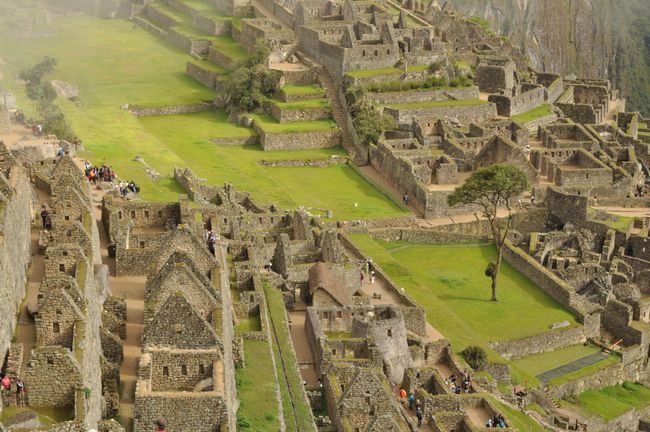
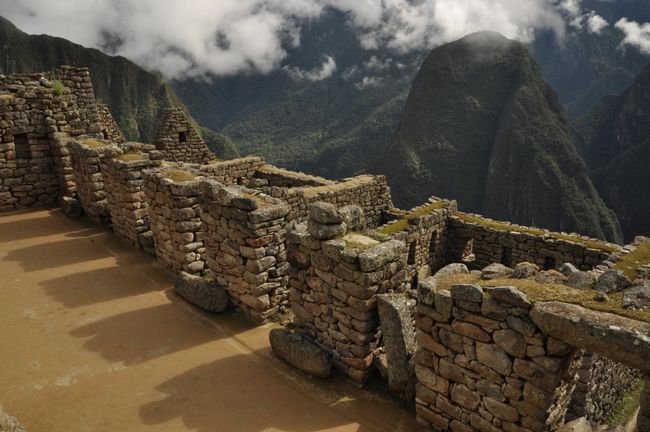
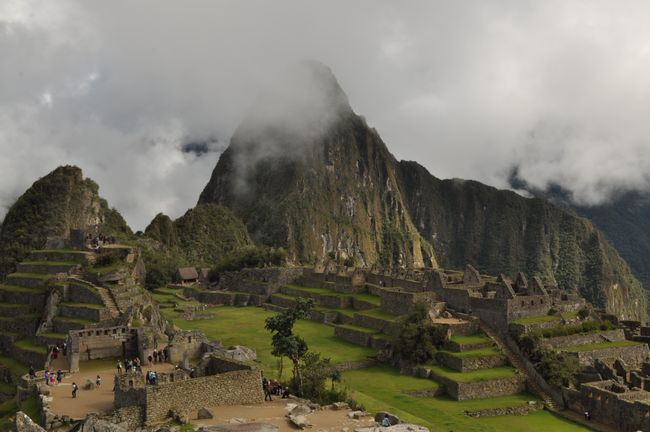
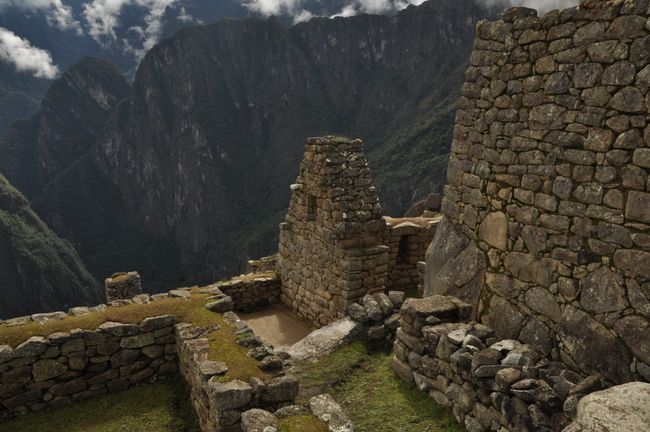
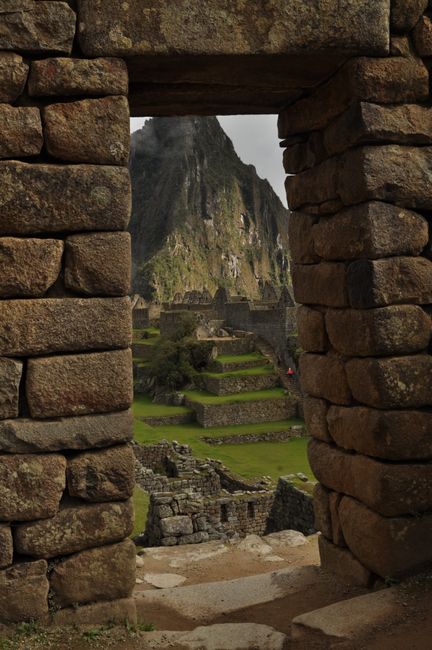
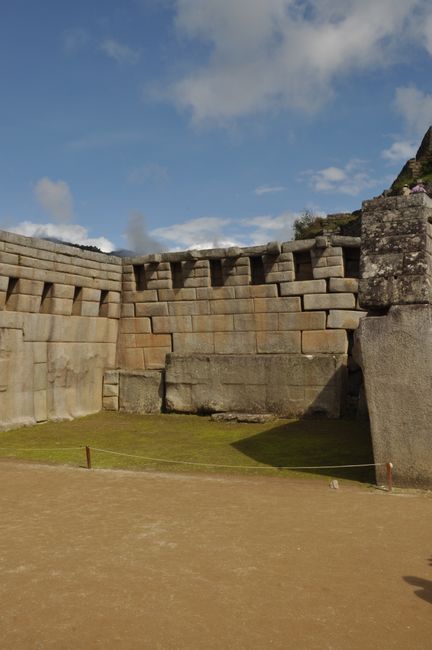
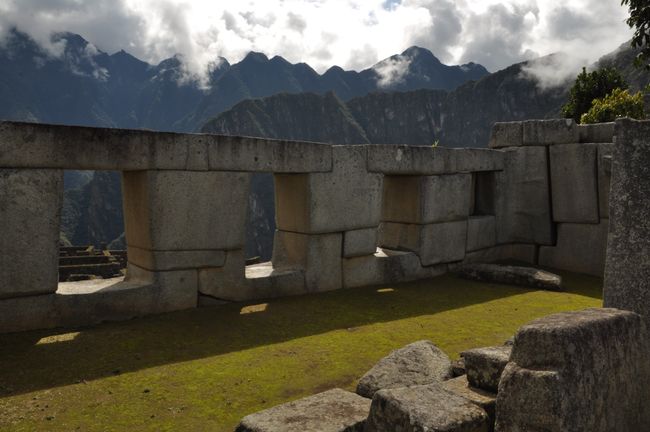
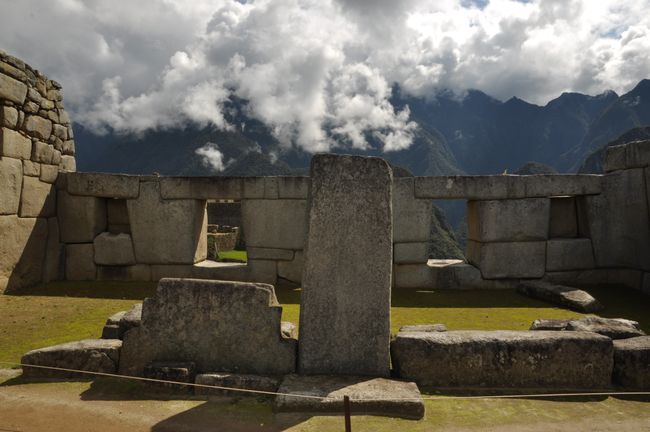
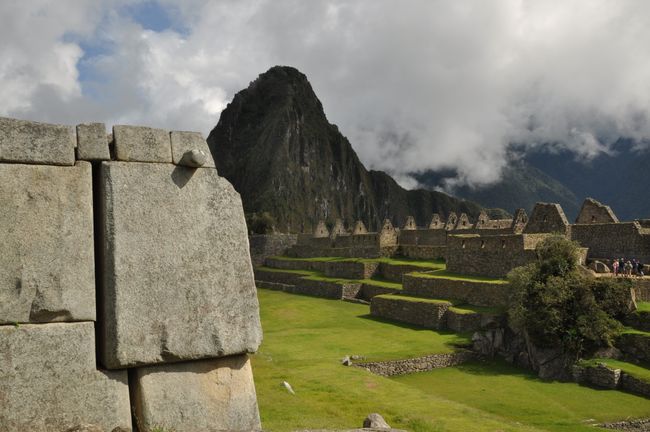
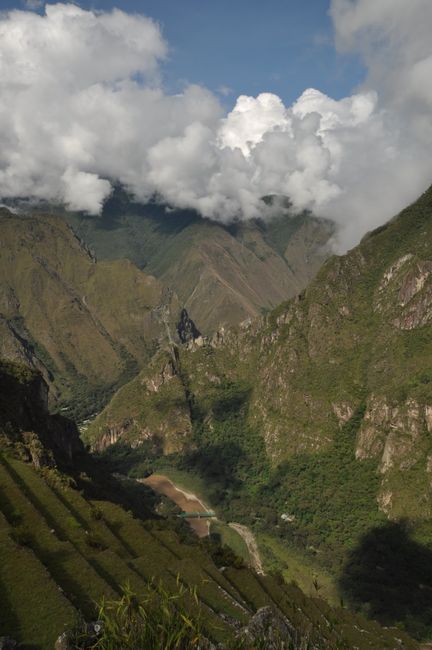
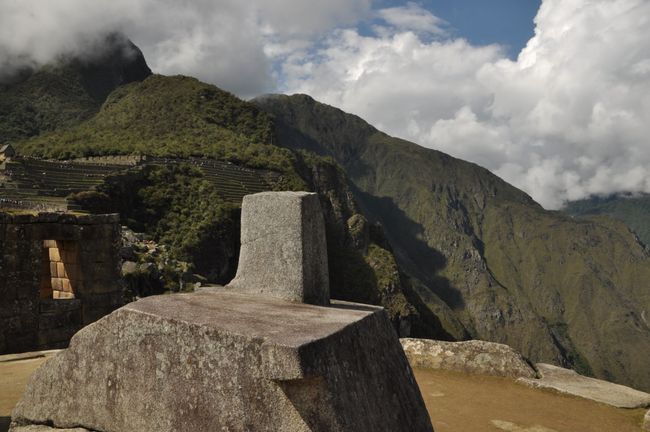
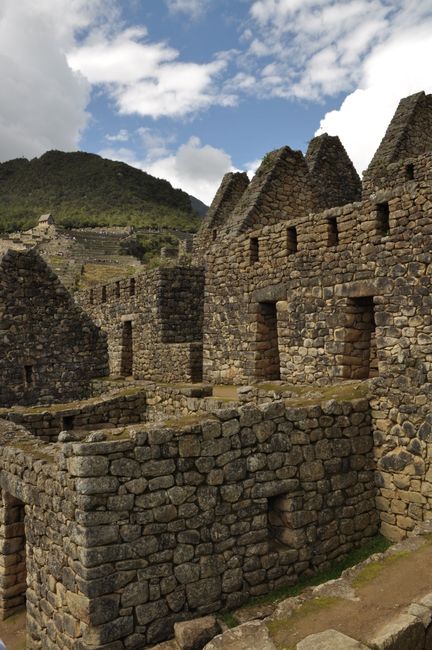
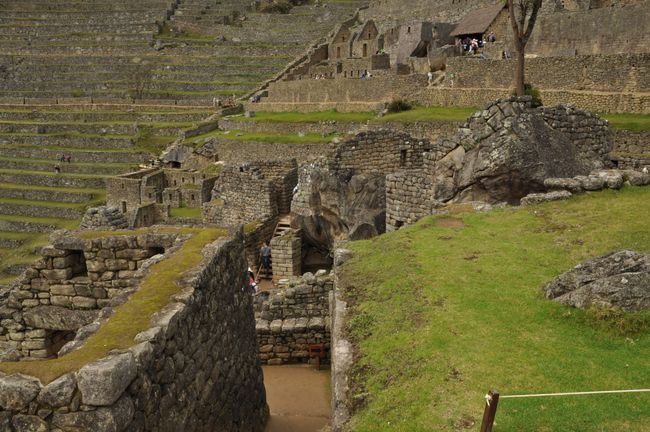
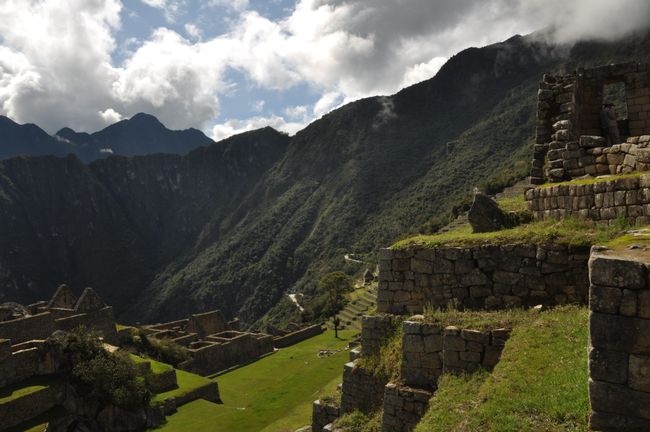
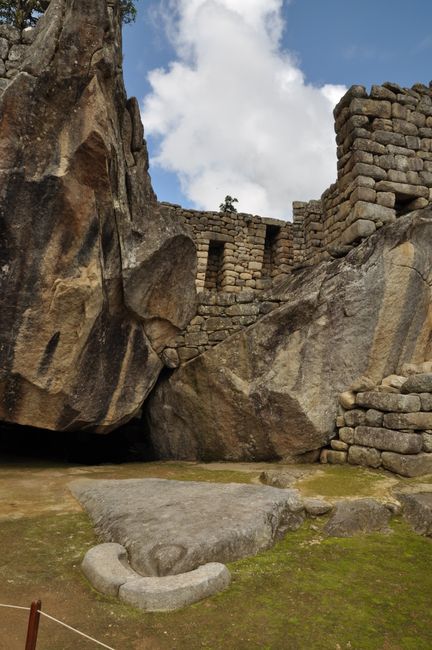
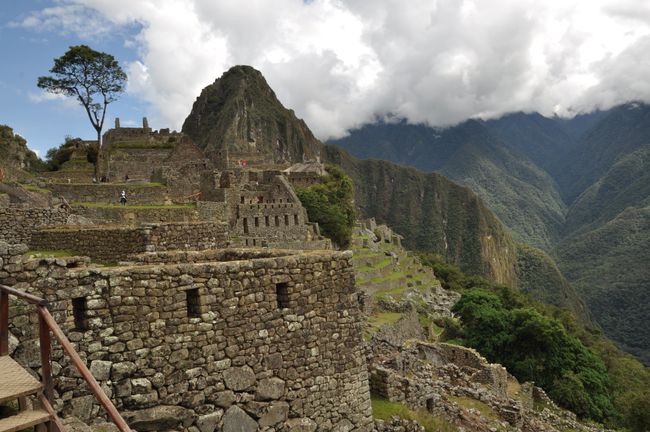
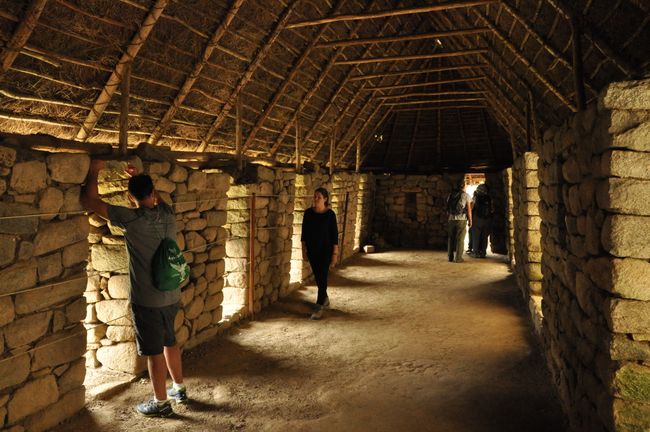
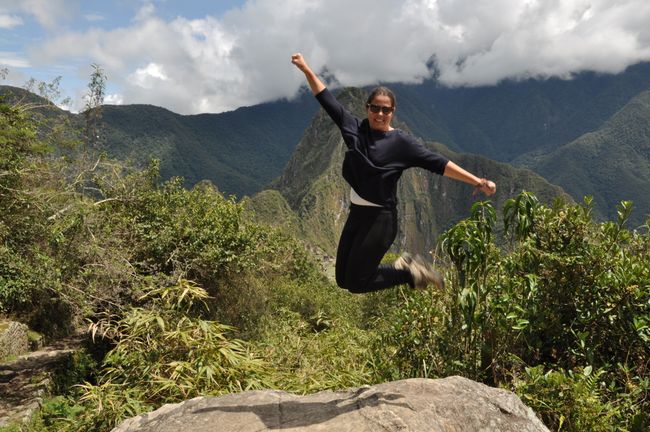
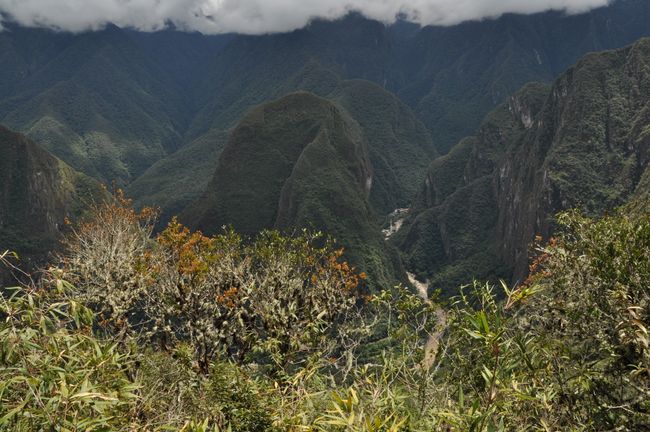
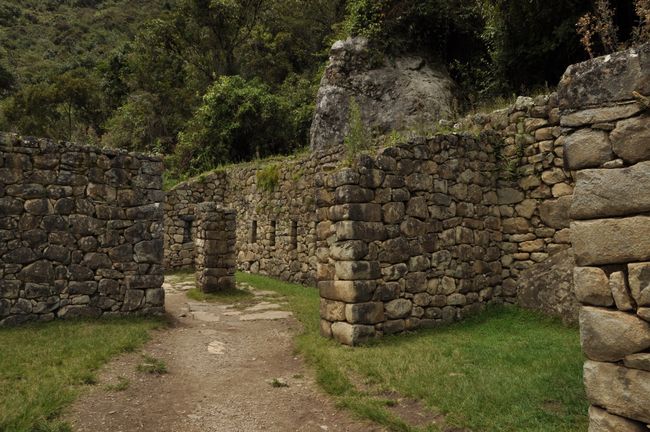
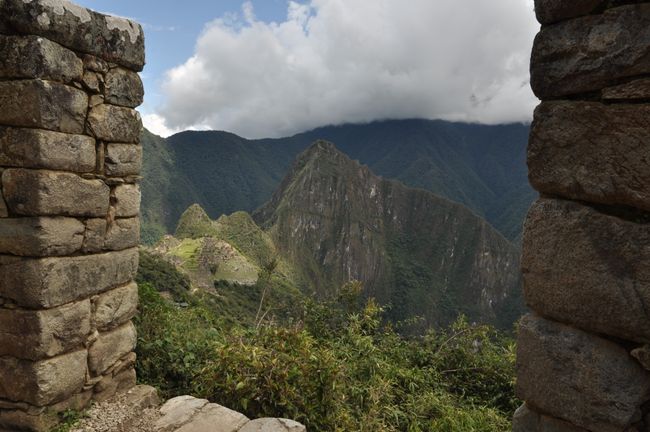
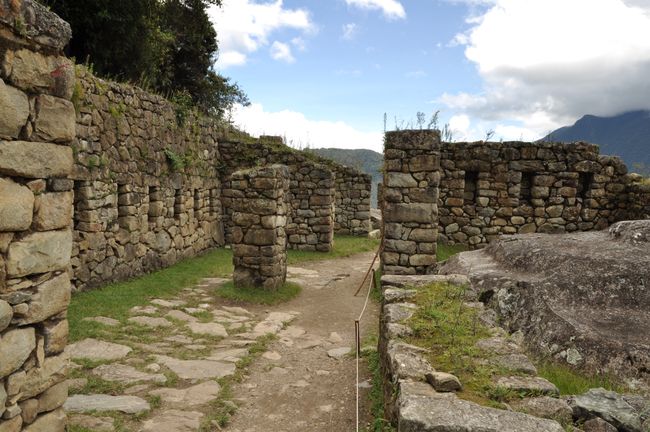
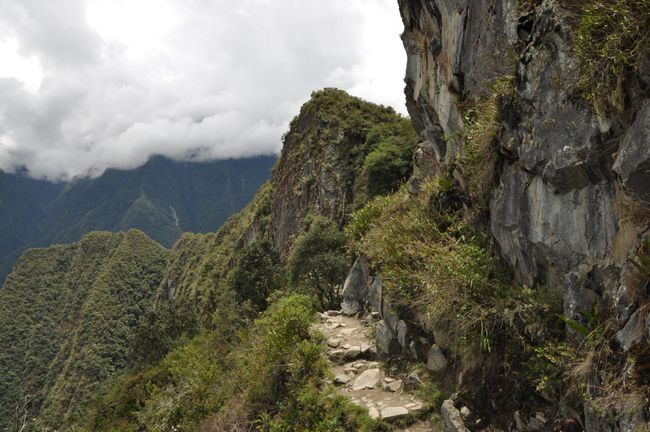
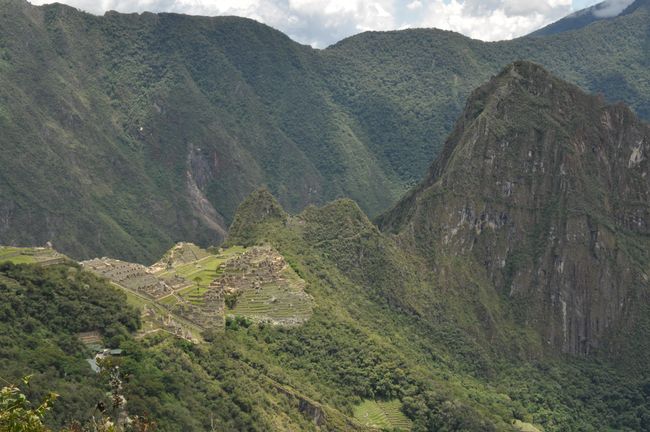
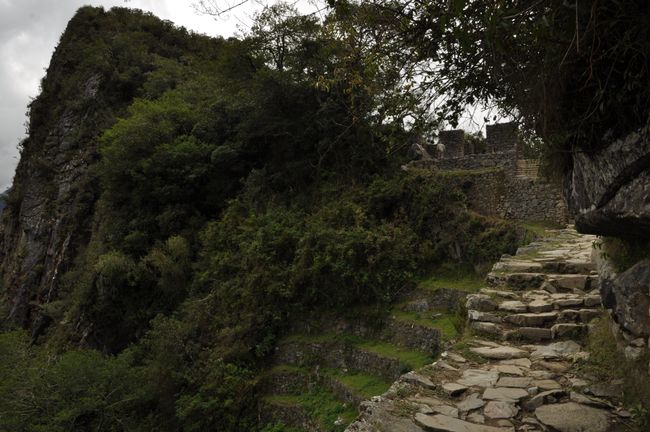
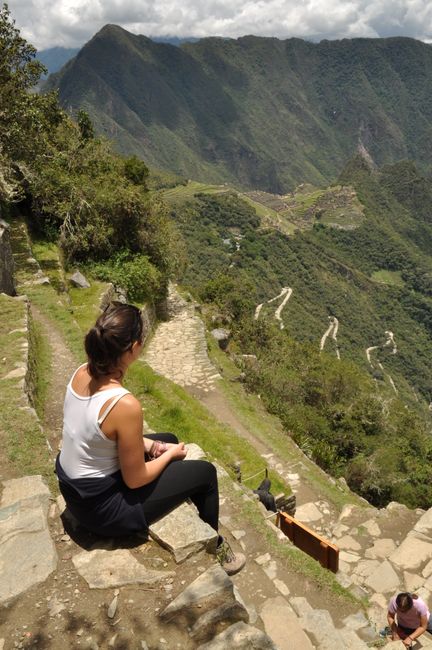
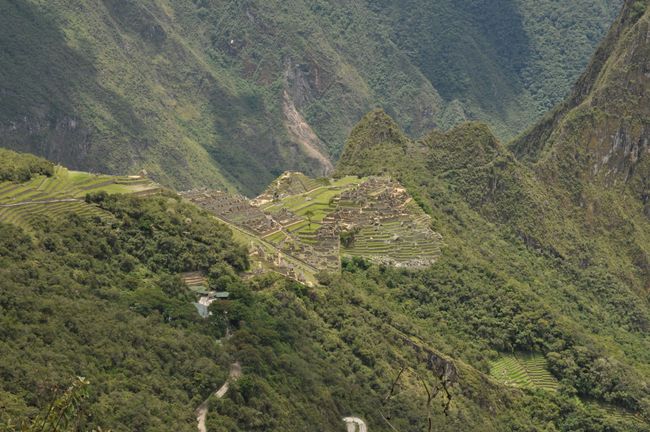
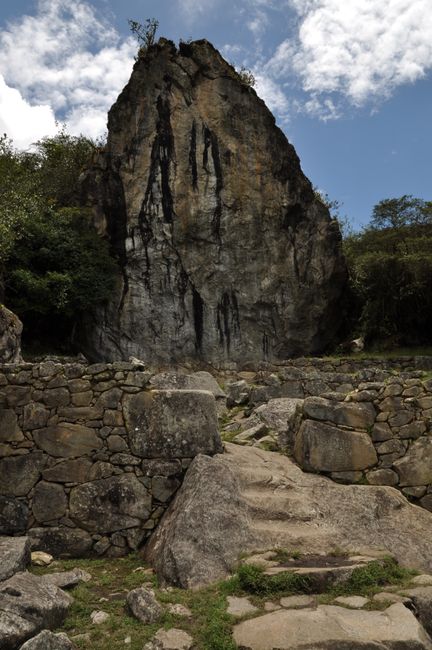
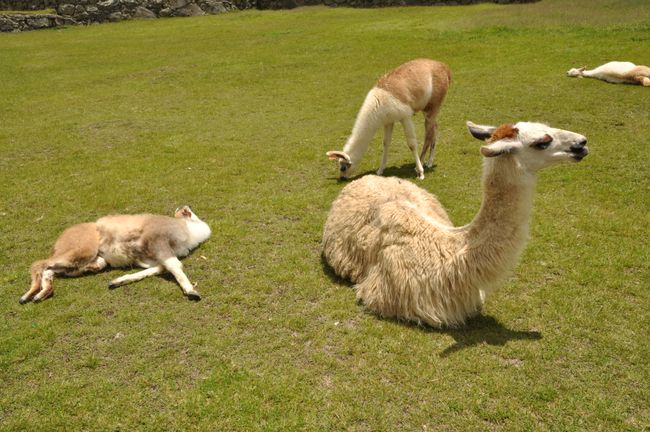
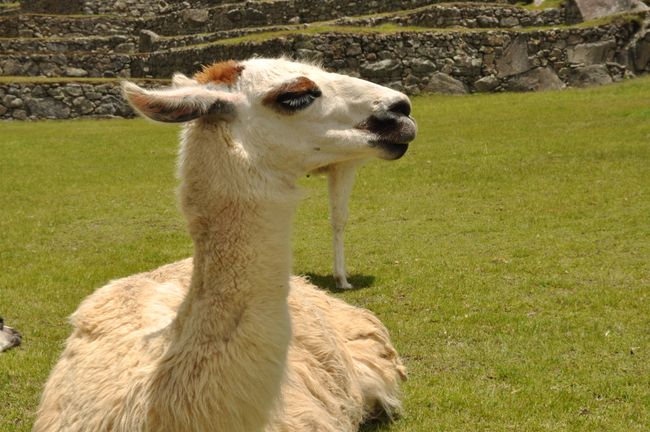
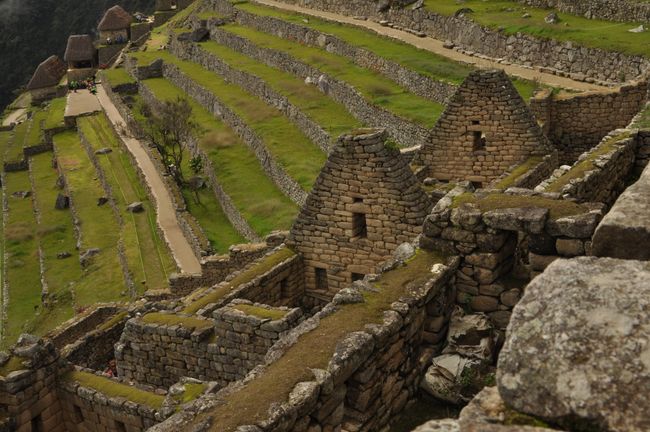
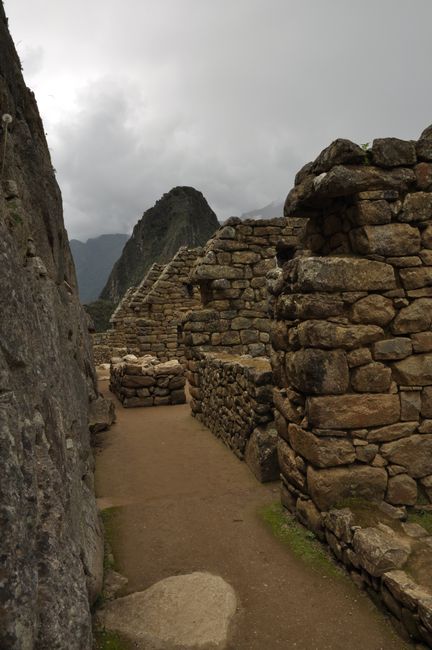
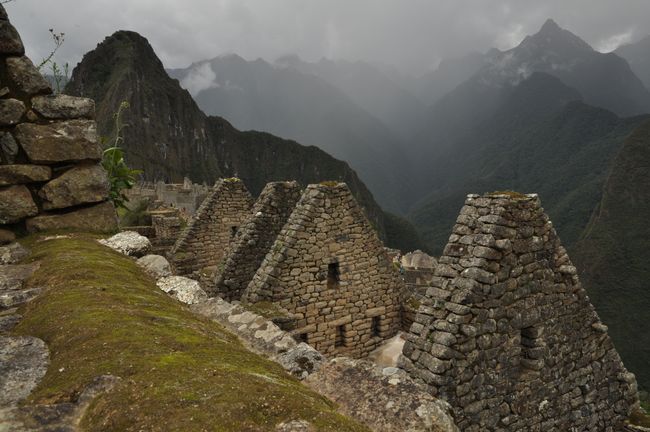
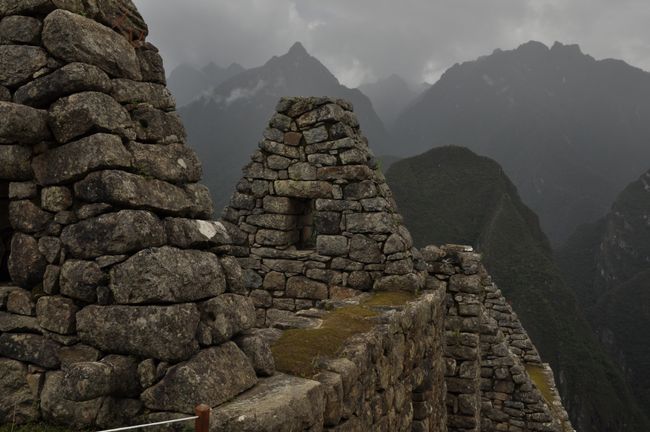
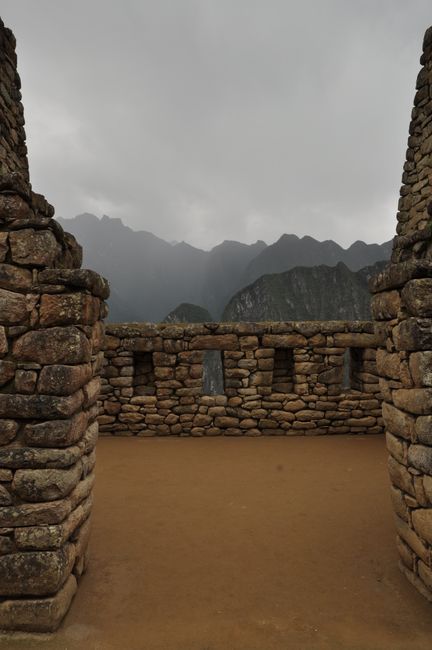
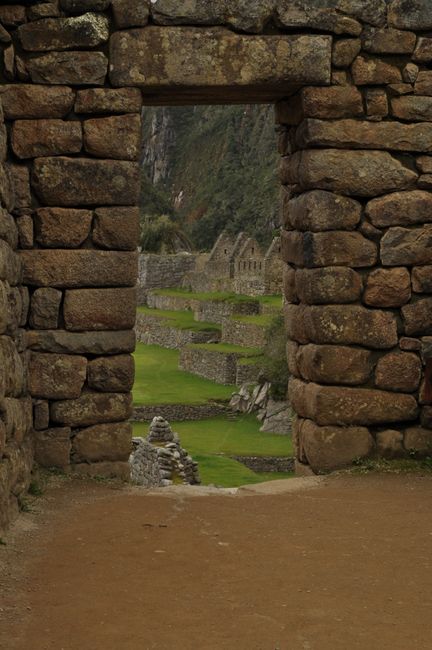
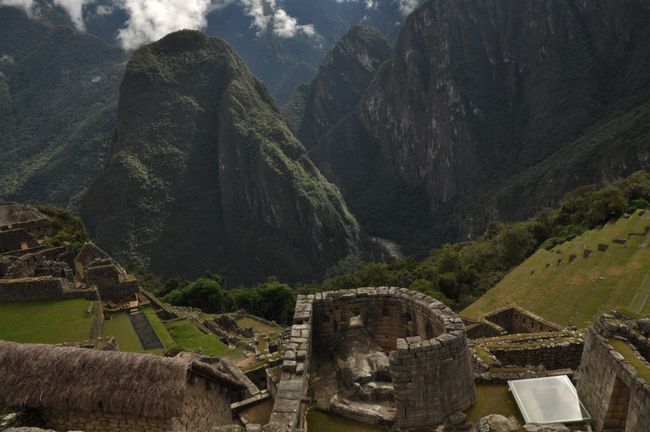
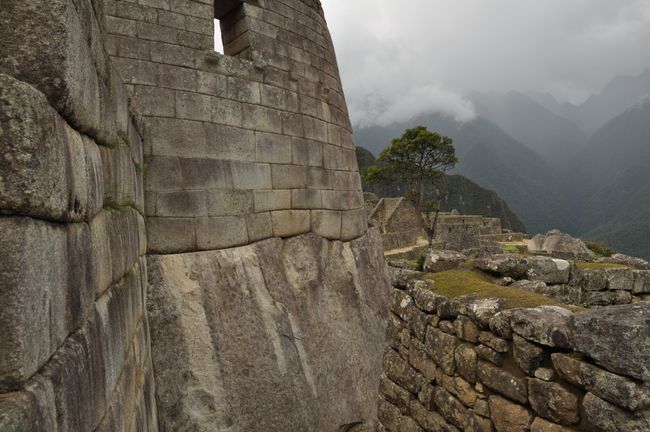
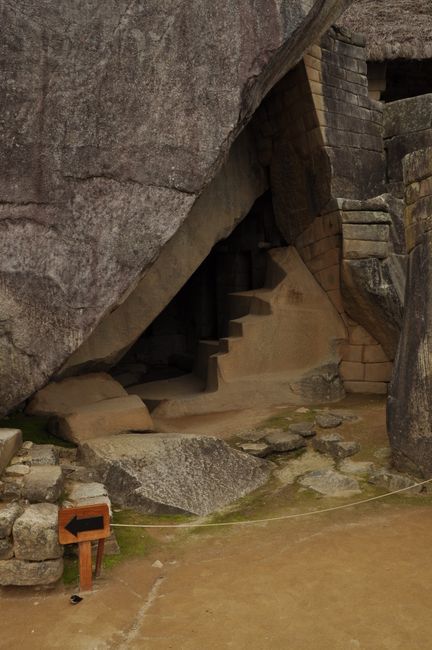
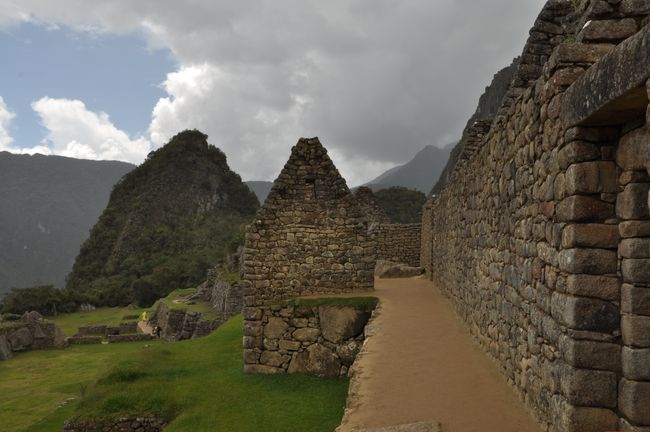
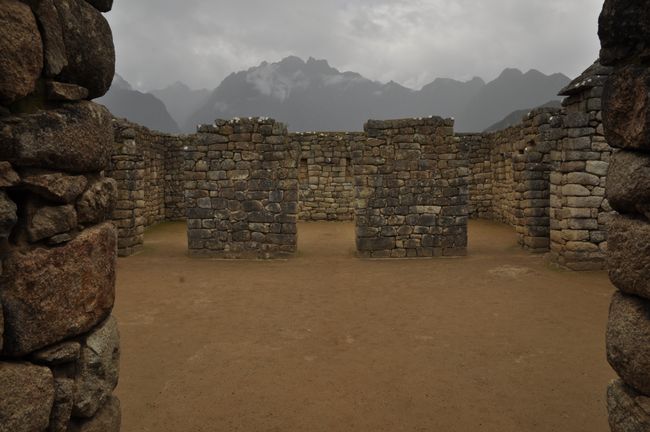
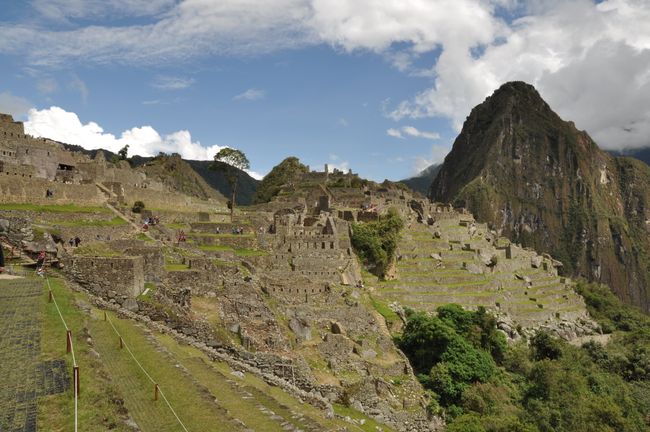
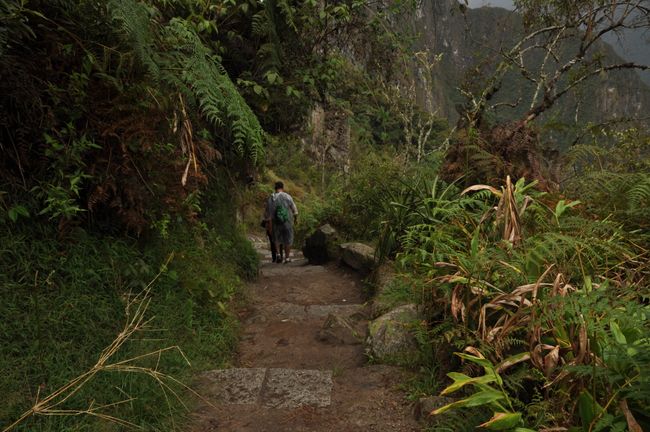
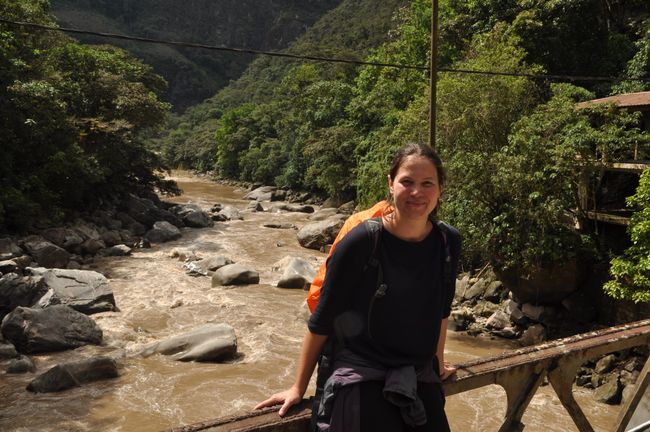
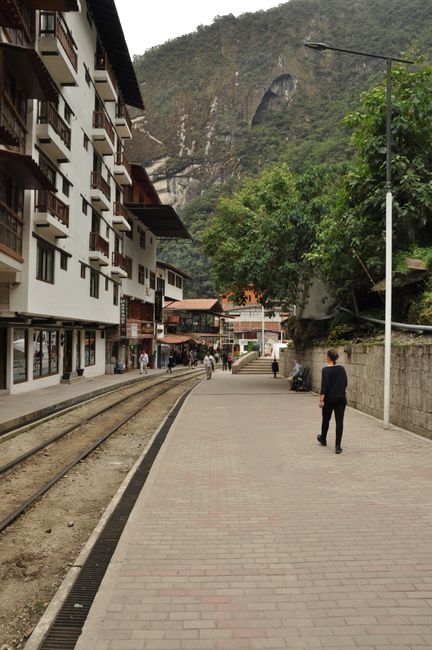
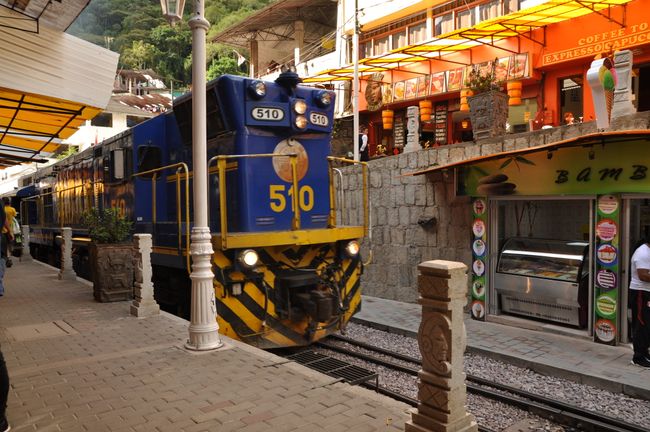
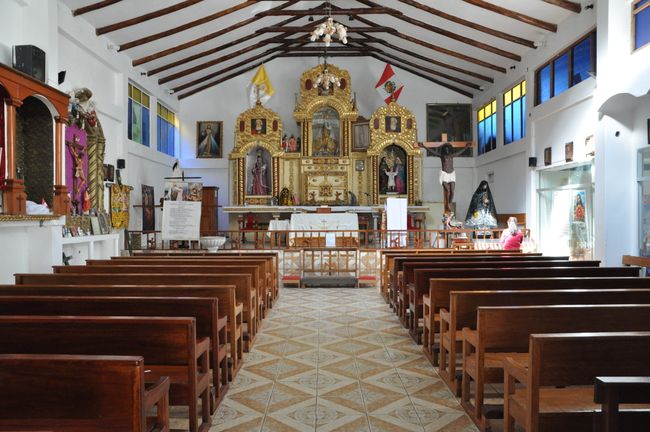
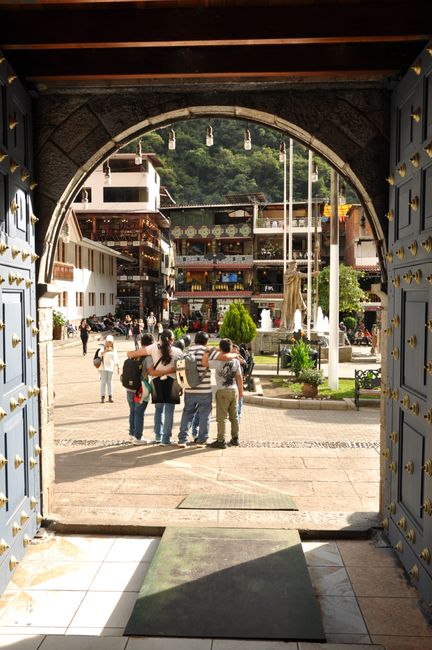
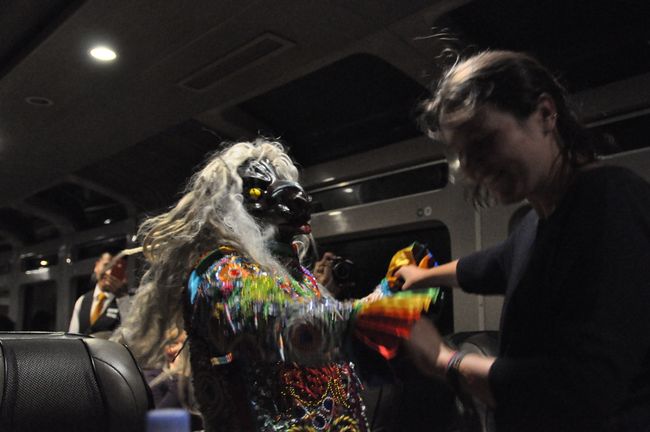
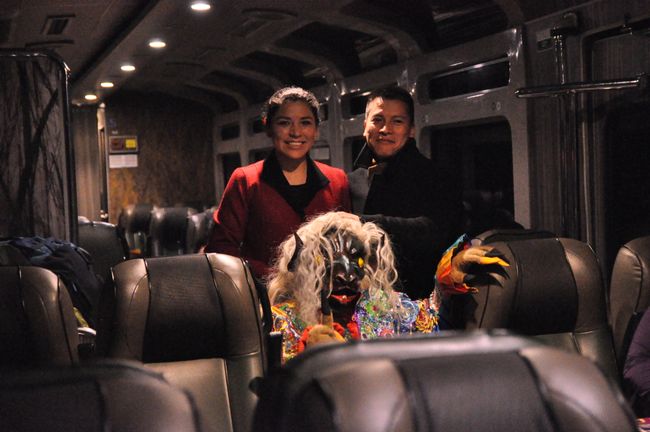
Wɔ Nudɔdɔ na Nyadzɔdzɔgbalẽ
Matsch and Pitschu (even though it initially seemed that way) fortunately didn't take up much space or battery power, but this little place definitely takes up a lot of storage space and battery power. We were already afraid that it would be a hopeless endeavor, but Tayta Inti, the Inca sun god, was s-u-n-n-y. So we were lucky to experience this spiritually highly significant and energetic place in different moods. The many visitors who come in droves every day also failed to overshadow this spiritually uplifting impression. Fortunately.
After leaving the long line of tourists behind, you climb directly to a mirador, where you can take important classic tourist pictures. From there, you descend to the upper town, where the spiritual elite of the Inca lived, and which is secured with a gate. Not against potential human enemies. No, against big-eyed, fluffy Andean and very voracious fur animals, namely llamas. Because right behind it was the pantry of Machu Picchu. As our guide (no, he's not back) said, this posed the main threat to the well-being of the urban population: 'The lamas were FORBIDDEN to enter Machu Picchu'. Surely the animals understood that even back then. Ironically, they are now deliberately used there as organic lawnmowers. Back then, they were only allowed in when they were led to the sacrificial bench. If the heart was still beating when the high priest removed it, that was a good sign. Human sacrifices were not carried out within the city, but rather in nature (directly offered to the gods).
The worship of nature is reflected in architecture, city planning, and religious art. The main streets are aligned with the image-forming Wayna Picchu (young mountain) and the eponymous but not so image-forming Machu Picchu (old mountain). Astronomical parameters determine the function and architecture of the spectacular temple complexes.
Some interesting questions we can answer:
How did they build that there? The stones were quarried and processed on site. These were blasted off using driven and then moistened and expanding wood or bronze wedges.
What did they live on? The fertile soils from the Sacred Valley were brought into the terraced areas and watered with (partly underground) irrigation canals. Pineapple, avocado, tomato, potato, peach, etc. were on the menu.
What was worshiped? The highest and all-powerful creator Pachacámac, Apu (mountain god), Inti (sun), and the Inca trinity: snake, puma, and condor. These stand for Uku Pacha (inner or lower world), Kay Pacha (living world), Hanan Pacha (upper world). Does that sound familiar to us? We are all human beings.
How did they express it? A very elaborate symbolism, the most important of which is the Inka CROSS, which symbolizes the trinity. This is often integrated into nature, e.g. through shadow (sun) or reflection (water).
Why is it so well preserved? 80% of the stones are original. The Spaniards never reached the site because the Inca themselves left it, took the treasures with them, and destroyed the paths to it. The exact function of the site is not known. It was only rediscovered and mapped by a North American in 1911.
After the guided tour, we were actually not allowed to go back because unlike 3 years ago, there is now a one-way system. Too bad, because we wanted to visit the Sun Gate. But with a puppy look and persuasive Spanish, it is easy to wrap the guard at the entrance around your finger and be allowed back in. After an hour-long hike, you reach Inti Punku and have a fabulous view of Machu Picchu.
Not to be left unmentioned is the journey. From Cusco by taxi to the train station, then with a chuchu-tourist-bum railway (max. 40 km/h, but with excellent service) to Aguas Calientes. The train ride includes food and drink, information, and optional onboard entertainment by the train employees (fashion show and folk dance). Imagine this with the German Railway AG.
Aguas Calientes could not be more touristy, because people from all over the world come here to see the new wonder of the world. There are actually no locals, except those who run the shops, restaurants, and hotels. Tourists are transported to the ruins by mass production buses from there. Alternatively, you can also climb a very knee- and step-unfriendly staircase up, we took it down. We carried that saved money to the pub in the evening.
Wɔ Nudɔdɔ na Nyadzɔdzɔgbalẽ
Ŋuɖoɖo (2)
Dorothea
Von Pit + Doro
Wir wären liebend gerne jetzt schon dabei um dieses Wunder zu erleben.
Euch gute Reise weiterhin. Wann geht´s nach Bolivien 🇧🇴?Eva
Ganz bald! Sind schon am Titicacasee
Mɔzɔzɔ ŋuti nyatakakawo Peru
